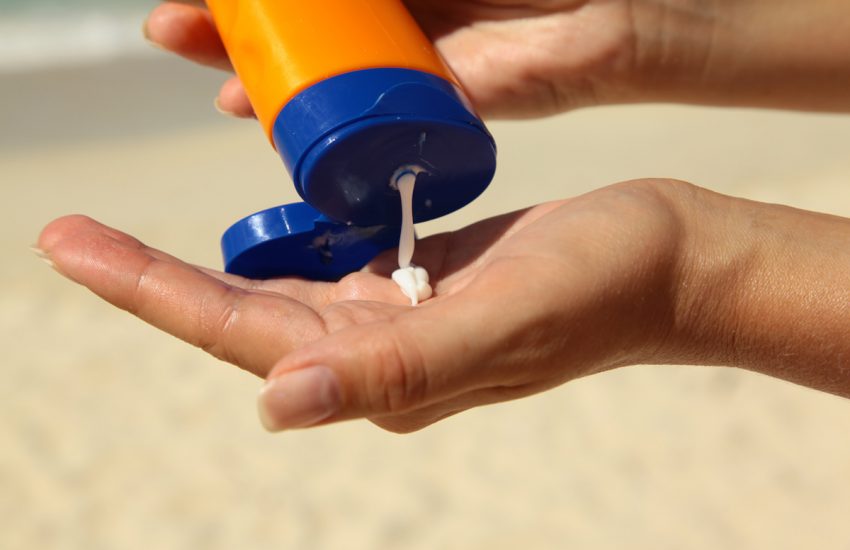We recently wrote about the U.S. Environmental Protection Agency’s (EPA) supplemental analysis on consumer uses of 1,4-dioxane under the Toxic Substances Control Act (TSCA). Now the EPA has issued its final risk evaluation for the chemical, setting the stage for potential future regulation.
1,4-dioxane was selected in 2016 as one of the first 10 chemicals for risk evaluation under section 6 of TSCA. In general, the chemical is likely present at many sites contaminated with certain chlorinated solvents because of its widespread use as a …
Continue Reading






